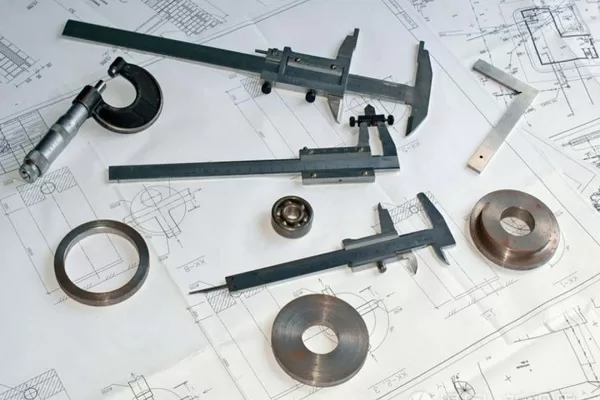
How to Calculate Bend Allowance in Ductwork Bending
- By:Metmac
- 2024-07-05
- 26
How to Calculate Bend Allowance in Ductwork Bending: A Comprehensive Guide
In the realm of HVAC systems, ductwork plays a crucial role in distributing conditioned air throughout a building. To accommodate changes in direction, ducts often require bends, which necessitate careful calculation of bend allowance to ensure seamless transitions. This article delves into the complexities of calculating bend allowance in ductwork bending, providing insights into its importance, methods, and applications.
Measuring Bend Allowance
Bend allowance refers to the additional length of material required to create a duct bend. It compensates for the material that is compressed on the inside of the bend and stretched on the outside. Accurate bend allowance calculations are essential for avoiding duct deformation, leakage, and performance issues.
To determine bend allowance, it is necessary to measure the bend radius, which is the distance from the inner edge of the bend to the center point. The larger the bend radius, the less material is required for the bend. Once the bend radius is obtained, it can be used in conjunction with industry formulas or bending tables to calculate the bend allowance.
Formula-Based Calculations
For simple bends, the bend allowance can be calculated using the following formula:
“`
Bend Allowance = 0.0175 x Bend Radius x Angle of Bend (in degrees)
“`
For example, if the bend radius is 6 inches and the angle of bend is 90 degrees, the bend allowance would be:
“`
Bend Allowance = 0.0175 x 6 x 90 = 10.5 inches
“`
Table-Based Methods
For more complex bends, such as those with irregular shapes or multiple angles, bending tables can be utilized for precise bend allowance calculations. These tables provide a range of bend radii and angles, along with the corresponding bend allowances. By matching the bend parameters to the table values, the appropriate bend allowance can be obtained.
Applications of Bend Allowance
Accurate bend allowance calculations are indispensable for various ductwork bending applications, including:
Sheet Metal Bends: Bend allowance is essential for determining the length of sheet metal to be used for duct bends, ensuring proper material usage and preventing over or under bending.
Pipe Bends: In pipe bending, bend allowance calculations help in determining the required length of pipe for bends, minimizing waste and enhancing the efficiency of the process.
Automated Duct Bending Machines: Modern duct bending machines rely on accurate bend allowance calculations to program and execute bends with precision, reducing manual calculations and increasing productivity.
Conclusion
Calculating bend allowance in ductwork bending is a crucial aspect of ensuring efficient and reliable HVAC systems. By understanding the principles and methods involved, professionals can accurately determine the additional material required for bends, preventing duct deformation, leakage, and performance issues. Whether using formulas or bending tables, precise bend allowance calculations pave the way for seamless ductwork transitions, optimal airflow distribution, and enhanced building comfort.
-
The Advantages of Using a Sheet Roll Forming Machine in Manufacturing
2024/09/14 -
How to Optimize Your Laser Sheet Cutting Machine for Maximum Performance
2024/09/12 -
How to Maximize Efficiency with Modern Sheet Metal Working Machines
2024/09/04 -
The Environmental Benefits of Using Duct Board Grooving Machines
2024/09/03
-
Top Benefits of Using Laser Sheet Cutting in Your Business
2024/09/30 -
The Future of Manufacturing- Exploring Laser Sheet Cutting Technology
2024/09/30 -
The Versatility of Laser Sheet Cutting- Materials and Applications
2024/09/30 -
How Laser Sheet Cutting Machines Revolutionize Design and Fabrication
2024/09/30



